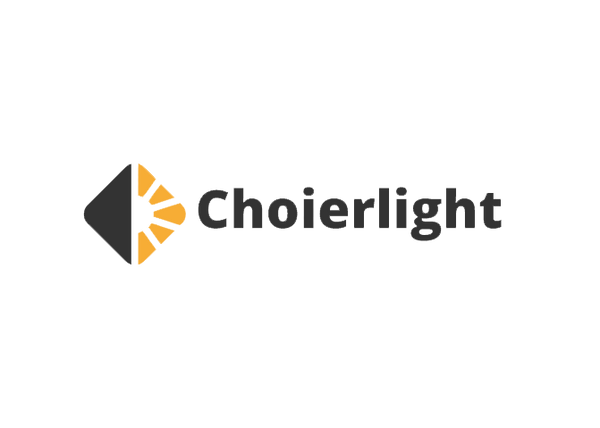
Lighting Rebate Trends for 2023: Maximizing Savings on Energy-Efficient Solutions
Share
As we enter the year 2023, lighting rebate programs continue to be instrumental in promoting the adoption of energy-efficient lighting solutions. These programs provide financial incentives to businesses and individuals who upgrade to more sustainable lighting options. In this post, we explore the latest trends in lighting rebates for 2023, highlighting key opportunities to maximize savings while embracing eco-friendly illumination.
1. Expanded Coverage for LED Upgrades:
LED (Light-Emitting Diode) technology remains at the forefront of energy-efficient lighting, and rebate programs are reflecting this by expanding their coverage for LED upgrades. In 2023, expect to see an increased focus on incentivizing the replacement of outdated lighting technologies with high-quality LED Fixtures. By making the switch, businesses and homeowners can enjoy substantial energy savings while taking advantage of attractive rebate offers.
2. Emphasis on Smart Lighting Solutions:
Smart lighting systems are gaining popularity due to their ability to optimize energy consumption and enhance user convenience. Lighting rebate programs in 2023 are expected to place a significant emphasis on incentivizing the adoption of smart lighting solutions. From occupancy sensors to wireless controls, these technologies offer enhanced lighting management and customization options while reducing energy waste. Rebates for smart lighting can help offset the initial investment and accelerate the adoption of these advanced systems.
3. Integration of Renewable Energy:
In line with the global shift towards renewable energy, lighting rebate programs are increasingly incorporating incentives for lighting systems powered by renewable sources. Solar-powered outdoor lighting and grid-tied systems that utilize solar or wind energy are likely to receive favorable rebate offers. By leveraging these incentives, individuals and organizations can combine energy-efficient lighting with renewable energy generation, further reducing their carbon footprint and operating costs.
4. Focus on Energy Management Systems:
Energy management systems (EMS) play a crucial role in optimizing energy consumption across various applications, including lighting. In 2023, expect lighting rebate programs to encourage the implementation of EMS technologies alongside energy-efficient lighting upgrades. These systems monitor and control energy usage, enabling businesses to identify opportunities for further savings. Rebates for EMS integration can help offset the costs and promote comprehensive energy management practices.
5. Collaborations and Partnerships:
To maximize the impact of lighting rebate programs, collaborations between utilities, manufacturers, and distributors are becoming increasingly common. In 2023, expect to see more partnerships aimed at streamlining the rebate process and providing customers with easy access to eligible products and incentives. These collaborations ensure a seamless experience for consumers and facilitate the widespread adoption of energy-efficient lighting solutions.Lighting rebate programs in 2023 present a valuable opportunity for businesses and individuals to upgrade to energy-efficient lighting while enjoying financial incentives. With a focus on LED upgrades, smart lighting solutions, renewable energy integration, energy management systems, and collaborative efforts, these programs are driving sustainable illumination practices forward. Stay informed about available rebates, consult with professionals, and leverage these trends to maximize savings and contribute to a greener future through efficient lighting solutions.
